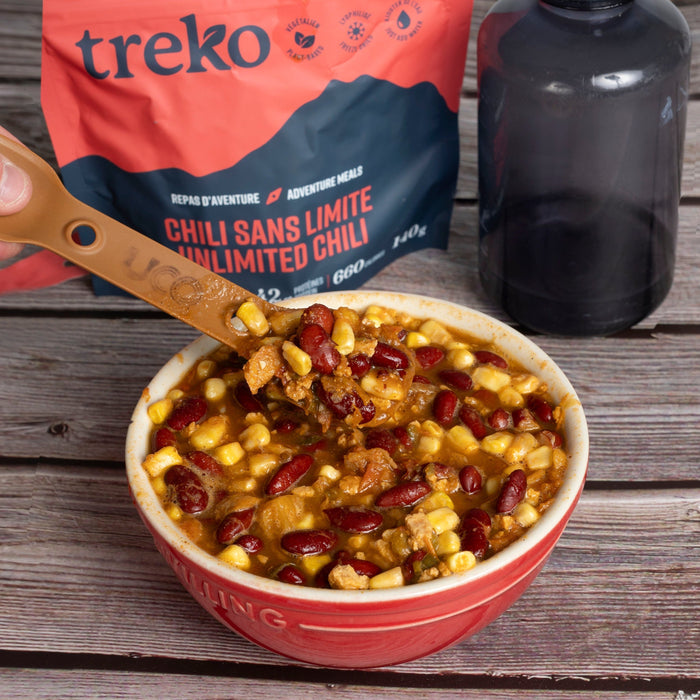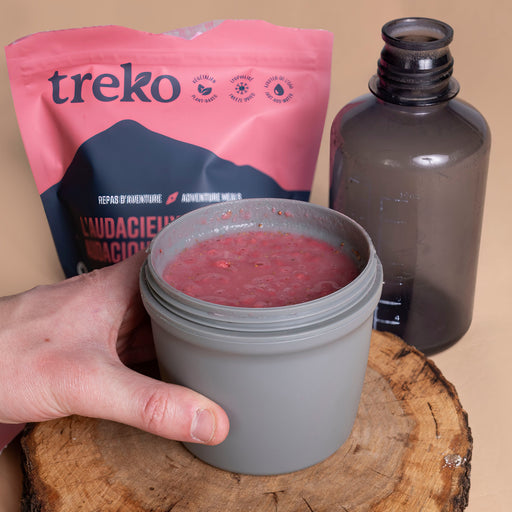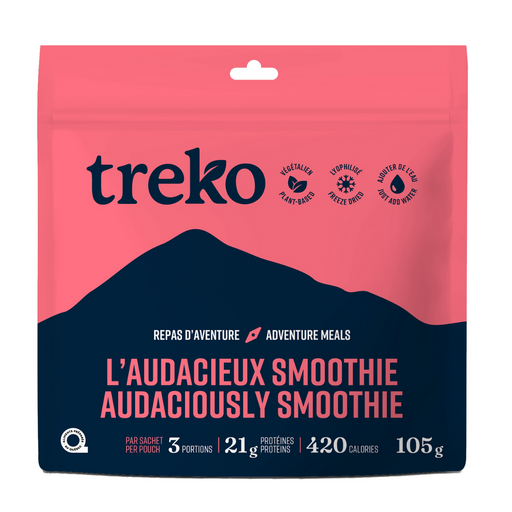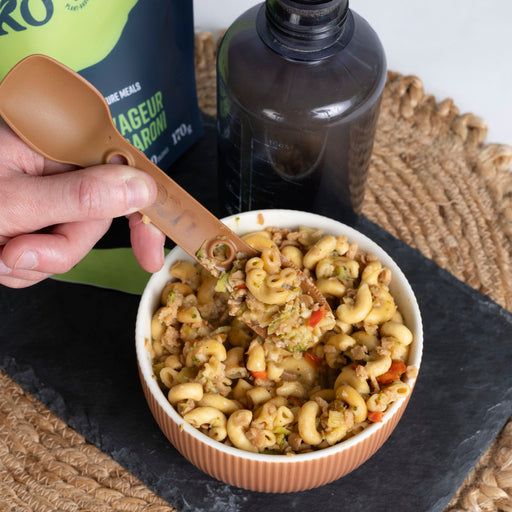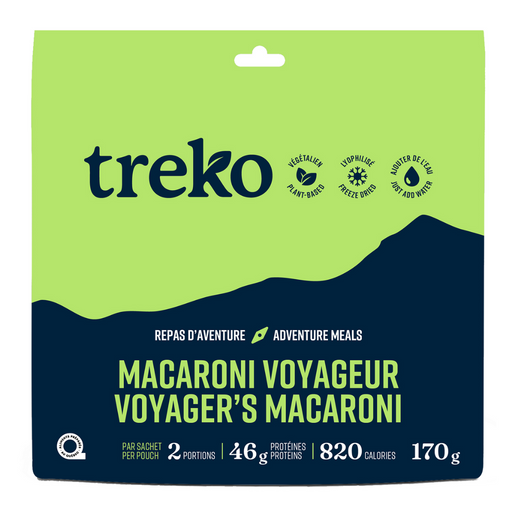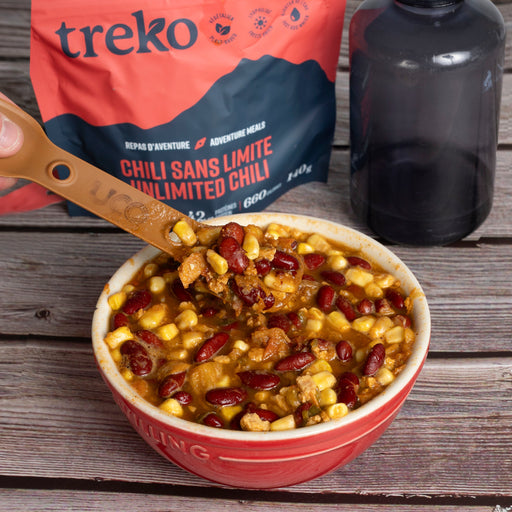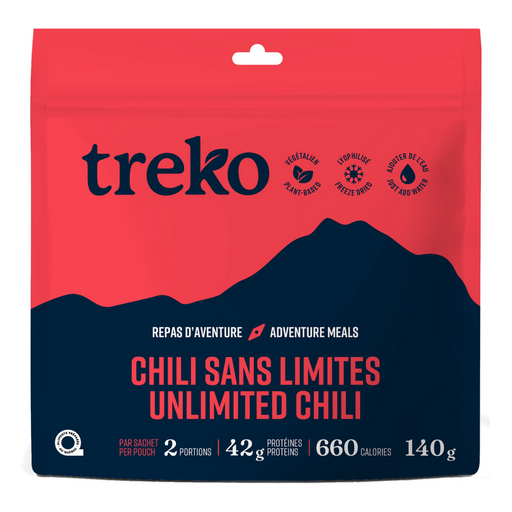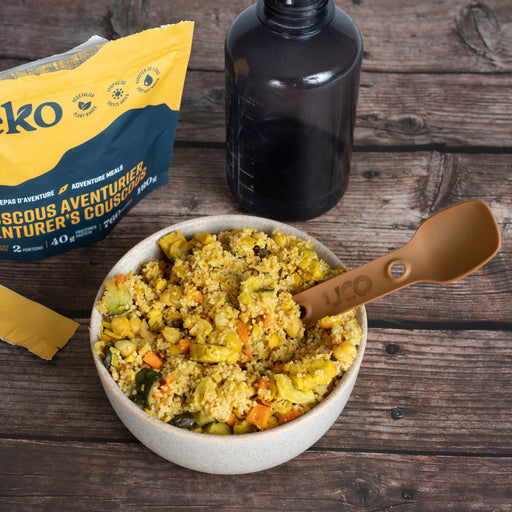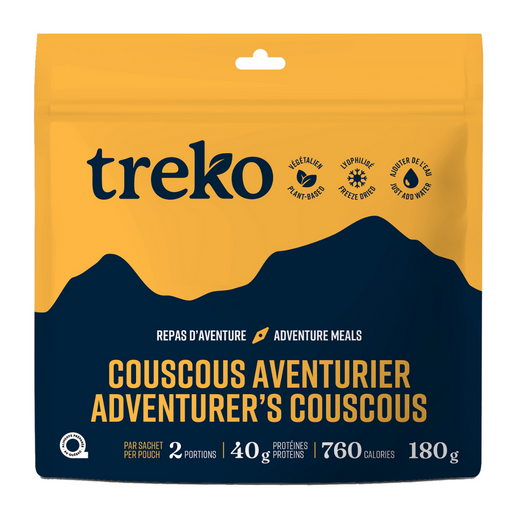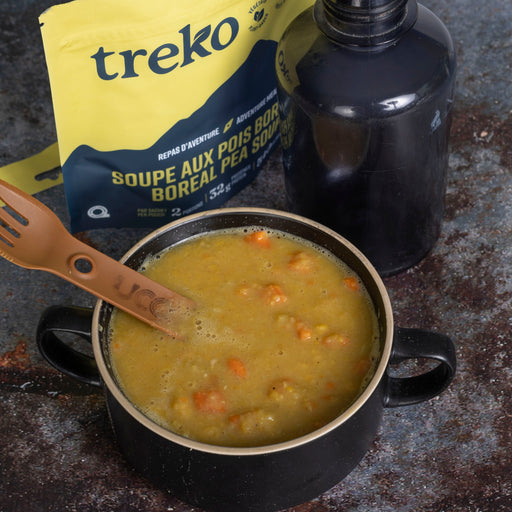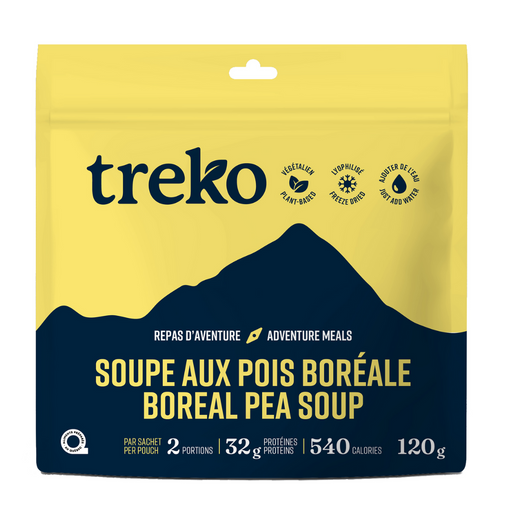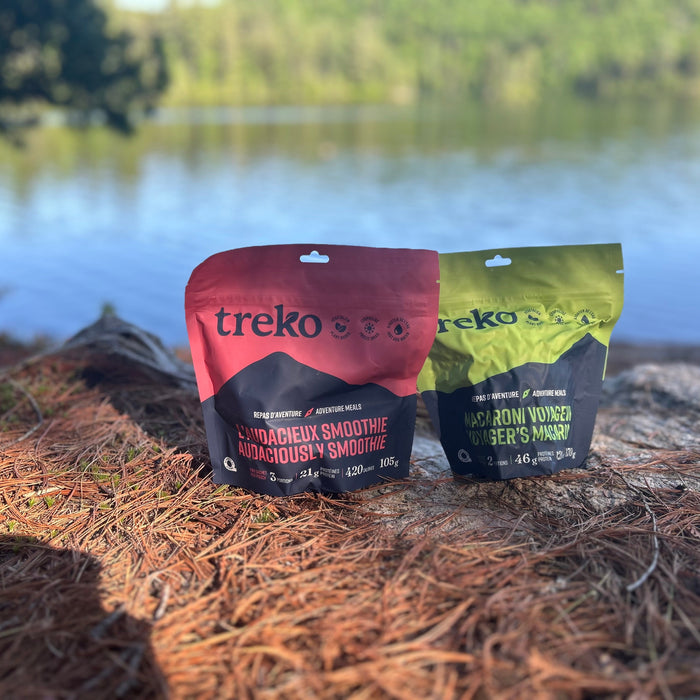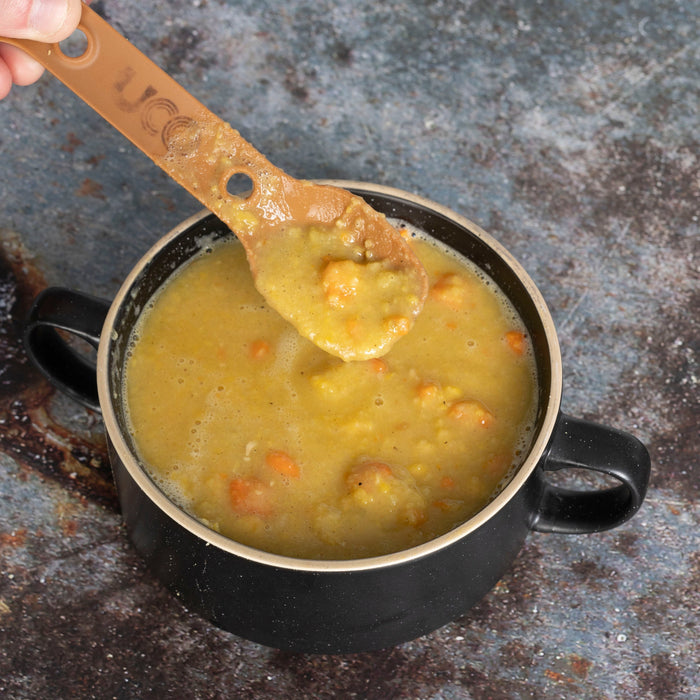Hey there, fellow adventurers! 👋
Are you tired of bland, boring meals on the trail? Dreaming of a hot, delicious meal after a long day hiking?
The right food makes a huge difference in how you feel and perform outdoors. When it comes to lightweight, long-lasting options, you've likely seen two main types: freeze-dried and dehydrated food, prompting the debate of freeze-dried vs dehydrated food for optimal outdoor meals.
But what's the real difference? And which works best for your adventures? Let's break it down!
Understanding the Basics between Freeze-Dried vs Dehydrated Food
Fresh fruits and vegetables contain lots of water. To make them lightweight, extend their shelf-life, and make them shelf-stable for the trail, that water must be removed. Dehydrating and freeze-drying accomplish this in different ways by effectively managing moisture content.
Dehydration: The Simple Method
Dehydration is the older, simpler approach. It uses heat (like an oven or dehydrator) to evaporate water from food. You might even do this at home with fruit slices or jerky!
The process is straightforward: warm air passes over the food, slowly drying it out. This shrinks the food and makes it lighter—perfect for saving space and weight in your backpack.
Freeze-Drying: The Advanced Technique
Freeze-drying (also called lyophilization) is more advanced and uses cold instead of heat.
Here's the simple freeze-drying process:
- Food is frozen very quickly
- It's placed in a vacuum chamber
- Pressure is lowered and minimal heat is added slowly
This causes frozen water to turn directly into vapor without becoming liquid—a process called "sublimation." Freeze-drying removes about 98-99% of water while preserving the food's structure.
At Treko, we use 100% freeze-drying for our meals. Unlike other brands that sometimes combine freeze-dried and dehydrated ingredients, we believe that full freeze-drying delivers superior results. To learn more about our process, check out our article dedicated to freeze-drying.
5 Key Differences That Matter for Hikers and Campers
1. Taste and Texture
Dehydrated:
- Structure changes more due to heat
- Often chewy or tough texture
- Taste can become concentrated or altered
- Usually requires longer simmering to soften
Freeze-Dried:
- Food structure stays mostly intact
- Taste and texture closer to fresh food when rehydrated
- Lighter, more natural mouthfeel
- This is why 100% freeze-dried meals taste so much better!
2. Nutritional Value
Dehydrated:
- Some vitamins and nutrients lost during heating (60%)
Freeze-Dried:
- Preserves more vitamins, minerals and nutrients due to no high heat
- Provides more essential nutrients for energy on the trail
- Treko meals follow Canadian Food Guide recommendations with balanced proteins and carbs
3. Weight and Shelf Life
Dehydrated:
- Removes significant water weight through dehydration
- Lighter than fresh food
Freeze-Dried:
- Removes up to 99% of water
- Incredibly lightweight—often lighter than dehydrated options for the same calories, a key consideration when comparing freeze-dried vs dehydrated food
- Very long shelf-life (many years when stored properly)
4. Preparation Time
Dehydrated:
- Needs boiling water
- Often requires 10-20+ minutes to soak or simmer
Freeze-Dried:
- Rehydrates much faster
- Most meals ready in under 10 minutes (sometime even in less than a minute!)
- Just add hot water directly to the pouch
- Perfect when you're hungry and tired at camp
5. Cost
Dehydrated:
- Less expensive production process
- Generally cheaper to buy
Freeze-Dried:
- More complex equipment and process
- Typically costs more
- At Treko, our slightly higher prices reflect premium ingredients and superior freeze-drying process
Why We Chose Freeze-Drying
When we founded Treko in 2019, the goal was clear: create real adventure meals that taste good, utilize innovative food preservation methods, and support both your body and the planet.
We wanted delicious, nutritious, and easy-to-prepare meals. We also committed to being 100% vegan and using local ingredients whenever possible.
After exploring options, 100% freeze-drying was the clear winner. It best preserves the amazing flavors and textures of our recipes, like our famous Unlimited Chili or unique Vegan Cretons to Go. Our process lets you enjoy meals that taste freshly made, even deep in the backcountry.
Real-world proof: Caroline Côté used our Unlimited Chili during her record-breaking Antarctica expedition! If Treko meals fueled her through that incredible challenge, they'll perfectly support your hikes and camping trips in any places.
Ready to taste the difference 100% freeze-drying makes? We pour our heart and soul (and delicious local ingredients!) into every pouch.
Common Questions About Trail Food
Many adventurers ask about differences between freeze-dried and dehydrated options, especially when used to other trail foods, as dehydration can often affect the overall quality of the meal.
While dehydrated foods are certainly lighter than fresh options, they often compromise on taste, texture, and nutrients compared to freeze-drying. For most outdoor enthusiasts who've tried both, the choice comes down to valuing fresh taste, appealing texture, and high nutritional value—even at a slightly higher price.
When you choose Treko, you're also supporting:
- A small Québec business
- A company that prioritizes your health and the planet
The Bottom Line
Both methods remove moisture to preserve food, extend shelf-life, and reduce weight. But freeze-drying better preserves original taste, texture, and nutrients by using cold instead of heat. This means faster rehydration and meals that taste much closer to home cooking.
For your next outdoor adventure, choosing high-quality preserved food matters. If you prioritize flavor, texture, and maximum nutrition while still having ultralight, easy-to-prepare meals, freeze-dried is likely your best option.
You don't have to settle for bland survival food. You can actually enjoy your meals on the trail and stay properly fueled for all the amazing experiences nature offers!
Upgrade Your Outdoor Eating Experience
Making the switch to quality freeze-dried meals truly enhances your adventures. Enjoy:
- More satisfying mealtimes
- Better nutrition to maintain energy
- Less hassle with meal prep and cleanup
Think of it as bringing a bit of comfort food wherever you roam in Canada or beyond!
Happy trails, and happy eating!
